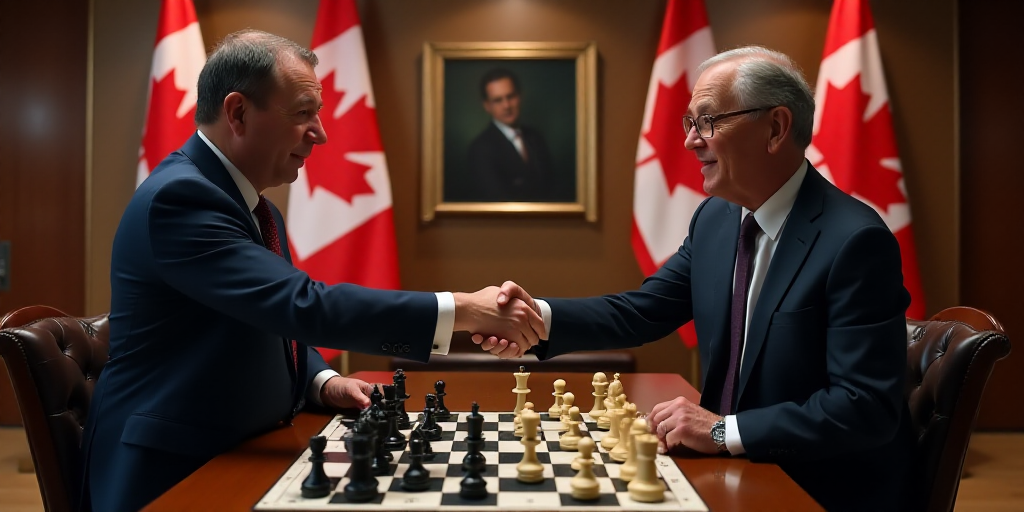Background on Key Figures and Relevance
The leaders of the G7 nations, including U.S. President Donald Trump, convened in Kananaskis, Canada, to address the escalating tensions between Israel and Iran. The three-day summit in the Canadian Rockies marks Trump’s return to international diplomacy since beginning his second term in late January, during which he has attempted to impose new rules on the global stage.
Trump’s relationship with Canada has been strained, as he frequently urged the country to become the 51st U.S. state. However, since Mark Carney replaced Justin Trudeau as Canadian Prime Minister in April, there has been a thaw in bilateral tensions. Trump had shown open disdain for Trudeau on the world stage, but Carney has garnered international respect.
G7 Summit Agenda and Key Issues
Carney designed the G7 meeting to address and ease friction among seven leading advanced economies: Germany, Canada, France, Italy, the United Kingdom, Japan, and the United States. Nevertheless, Canada is reportedly gauging support from the G7 for a joint call to “de-escalate” the Israel-Iran conflict, according to a diplomatic source.
Just two days before the summit’s commencement, Israel launched a military campaign to end Iran’s nuclear program, prompting Tehran to retaliate by firing hundreds of missiles and drones at Israeli territory. Both sides have reported civilian casualties, potentially dividing the G7 leaders over this crisis.
Trump has praised Israel’s actions, noting the use of U.S.-supplied weapons, despite publicly urging him to refrain from military intervention as Washington sought a negotiated solution with Iran regarding its contentious nuclear program. European powers have maintained a cautious stance, refraining from criticizing Israel.
French President Emmanuel Macron has called for moderation and urged Iran to resume talks with the U.S., while blaming Tehran for escalating tensions due to its nuclear program. Japan, a historical ally of Iran, condemned Israel’s attacks as “completely unacceptable and regrettable.”
Additional Conflicts at the G7 Summit
The summit will also address the ongoing Russian invasion of Ukraine, which has lasted over three years. Ukrainian President Volodymyr Zelenskyy, a potential summit guest, hopes to speak with Trump, who had publicly ridiculed him at the White House on February 28. Trump anticipated a swift agreement between Ukraine and Russia upon his return to the White House but grew frustrated after Russian President Vladimir Putin rejected his calls for a temporary truce.
Trump spoke with Putin by phone about the Israel-Iran and Ukraine conflicts on Saturday. However, neither of these issues is expected to feature in the joint G7 statement. Instead, Carney aims for consensus on less contentious matters, such as supply chain improvements.
Key Questions and Answers
- Who are the key figures at the G7 summit? The leaders of Germany, Canada, France, Italy, the United Kingdom, Japan, and the United States are in attendance, with U.S. President Donald Trump and Canadian Prime Minister Mark Carney playing significant roles.
- What are the main tensions being discussed at the summit? The primary focus is on de-escalating the conflict between Israel and Iran, as well as addressing the ongoing Russian invasion of Ukraine.
- How have world leaders responded to the Israel-Iran conflict? Trump has supported Israel’s military actions, while European powers have maintained a cautious stance. French President Emmanuel Macron has called for moderation, and Japanese leaders have condemned Israel’s attacks.
- What is the status of the Russia-Ukraine conflict? Despite Trump’s hopes for a swift resolution, Russian President Vladimir Putin has rejected calls for a temporary truce, leading to continued tensions.






